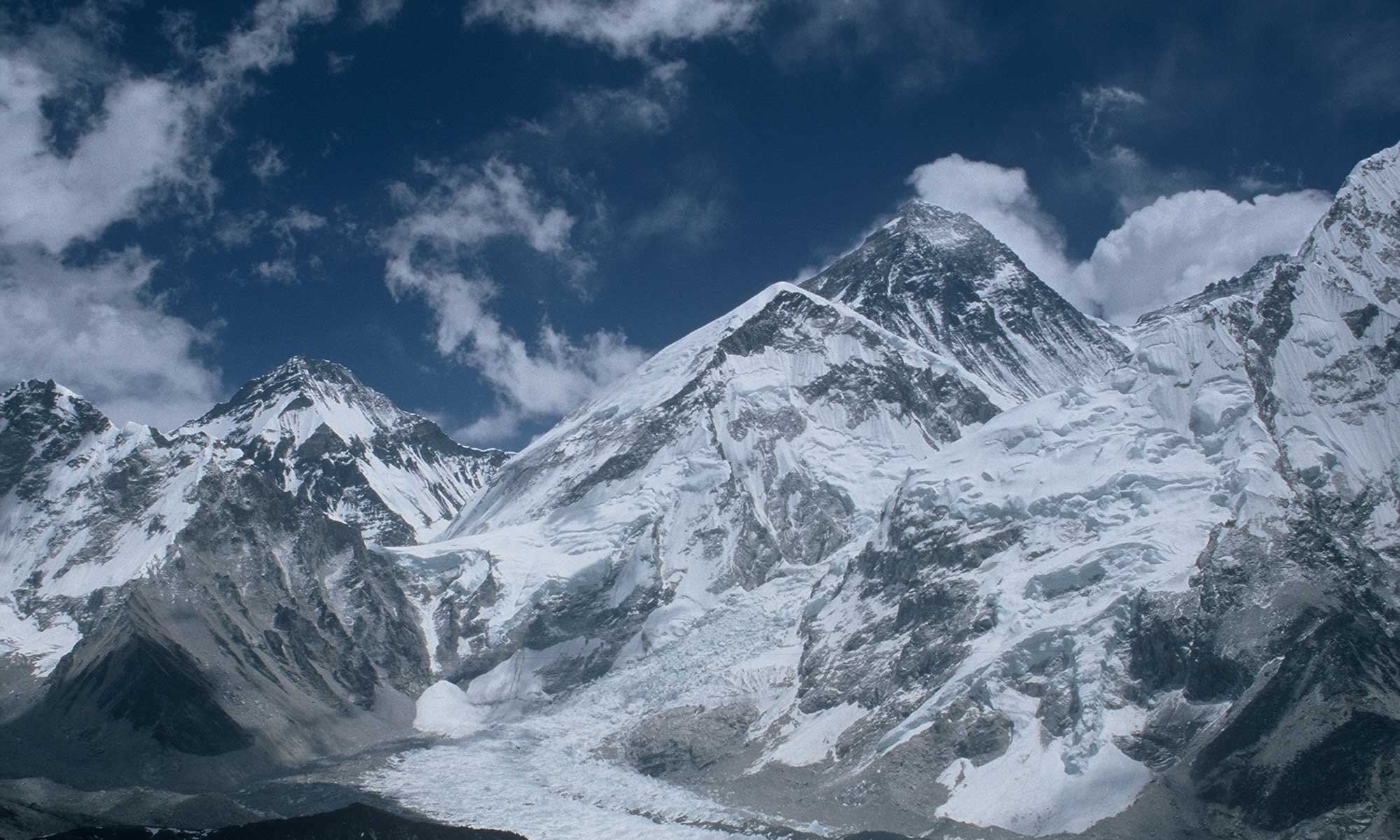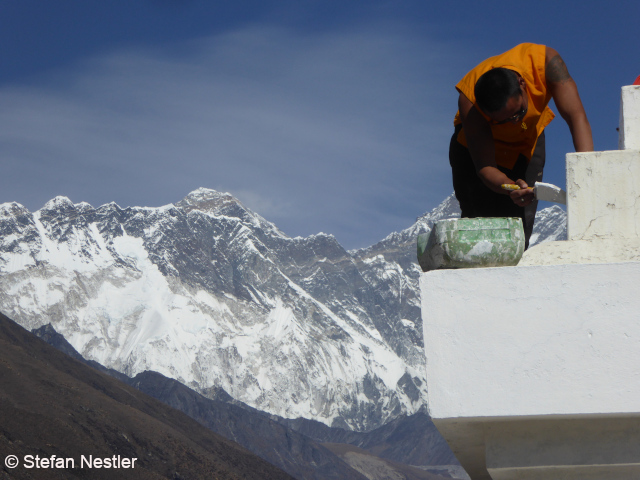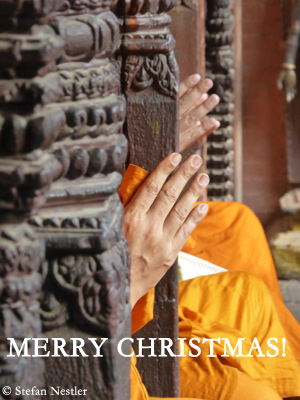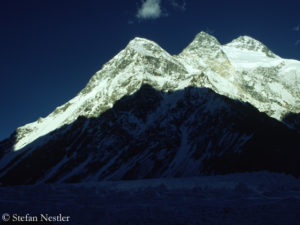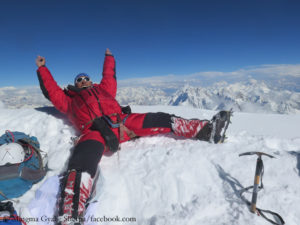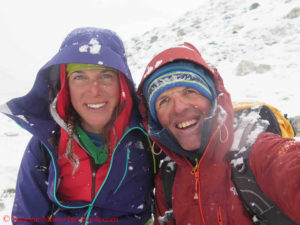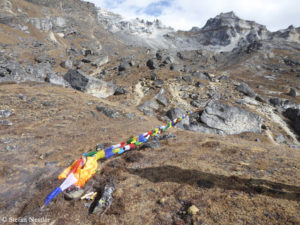The K2 winter expedition is in the starting blocks. Expedition leader Mingma Gyalje Sherpa is expected in Islamabad this Wednesday as the last of the seven team members. The Nepalese has scaled 13 of the 14 eight-thousanders, only Shishapangma is still missing in his collection. Before his departure for Pakistan, the 33-year-old Nepalese answered my questions that I had sent him some time ago.
Mingma, you’ve already scaled K2 twice. Why do you want to try it now in winter?
Luckily or unluckily K2 is the only eight-thousander remained to be climbed in winter. And I really wish there are Nepalese climbers in the first winter ascent list. I do feel ashamed to say we have eight out of these 14 peaks in Nepal and no Nepalese on the list of the first winter ascenders.
There have been many attempts to climb K2 in winter, all failed so far. What makes you optimistic that you can make it?
Continue reading “Mingma Gyalje Sherpa: „I’ll try K2 without bottled oxygen“”